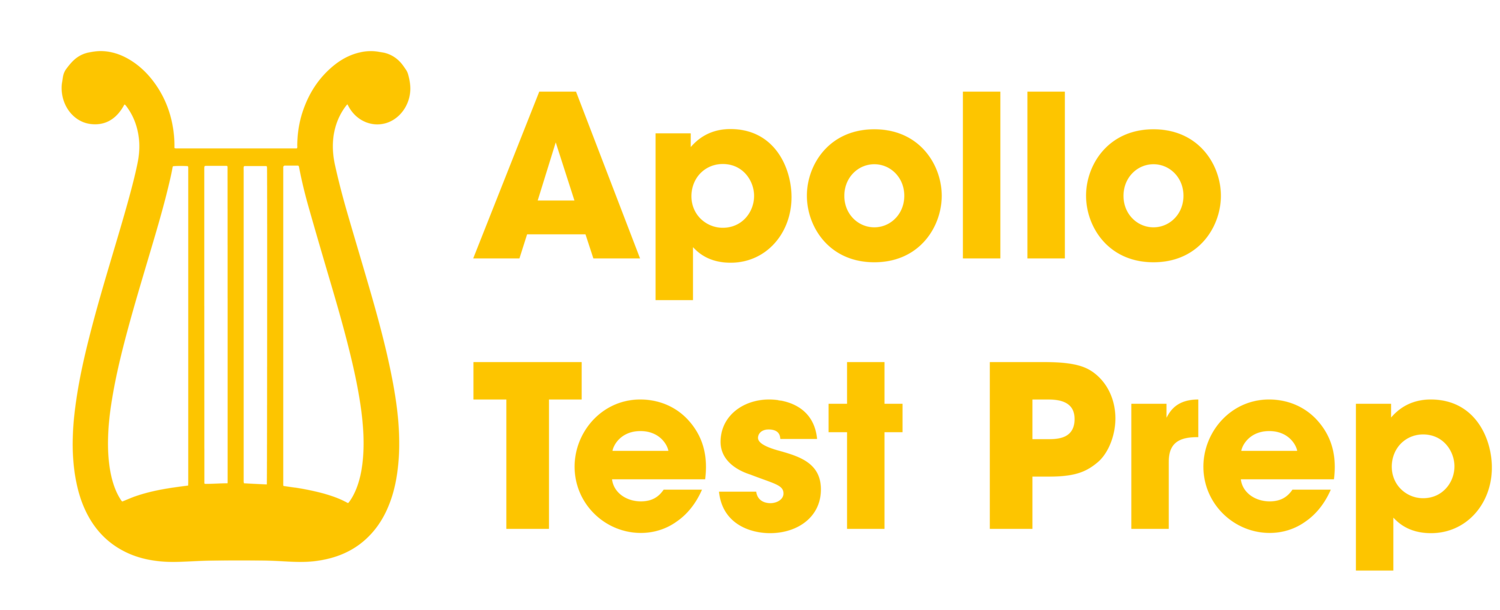Flaw: The Ultimate LSAT Question Type
Yesterday afternoon, I indulged in one of my guilty pleasures: stopping by Taco Bell after work to pick up a Crunchwrap Supreme. As I was enjoying my cheesy, greasy ball of tortilla, I couldn't help but marvel at Taco Bell's efficiency: They have a few primary ingredients that they can buy in bulk, but which they combine into a veritable cornucopia of menu items: burritos, tacos, crunchwraps, gorditas. They dress all these menu items up as unique entrees, when in reality you're getting the same sour cream, meat, cheese, and lettuce in slightly different formats.
The Logical Reasoning section on the LSAT is the same thing: you may think they're throwing dozens of different question types at you, but you're really just getting the same 3 skills dressed up as supposedly unique questions.
To stretch this metaphor to its absolute limits: the "Flaw" question type is the Crunchwrap Supreme of the LSAT. It's the perfect combination of every LSAT ingredient: assumptions, formal logic, and descriptive analysis. Speaking from experience, the feelings of finishing a great Flaw question and a Crunchwrap Supreme are indistinguishable.
Typically, in a Flaw question, the passage will give you a really bad argument, and the question will ask you to identify the flaw in that argument.
Understanding support is crucial here: you can't say what the argument is doing wrong without first understanding what it's trying to do. So step 1, like with so many other questions, is to identify the conclusion, the premises, and the support relationships between them. Then, depending on what's wrong with the argument, step 2 could either be about identifying an assumption (LSAT skill 1/3) or diagramming with formal logic (LSAT skill 2/3).
Many arguments are flawed because they make terrible, absurd assumptions. Here's an example from our video series:
The early 1990s saw a major increase in crime rates, right around the time that states were passing stricter sentencing laws. Clearly, these laws were counterproductive, as they actually increased crime instead of decreasing it.
Clearly, the glaring assumption here is that the laws weren't a response to the rising crime rates (instead of vice versa). If you don't know how to look for assumptions, you would have missed it.
The other way that an argument can be flawed is by having an invalid logical structure. These kinds of arguments are best analyzed with Formal Logic. Another example:
If my car breaks down, I'm going to be late for work. My car did not break down, so I'm not going to be late for work.
Diagramming this argument with Formal Logic makes the flaw apparent:
CB -> L
/CB
_________
/L
The problem here is a confusion of sufficient and necessary conditions: just because my car breaking down (CB) guarantees that I'll be late for work (L) doesn't mean that there aren't other ways for me to be late for work, even if my car doesn't break down. (what if I just left the house late?)
Finally, step 3 is about taking the flaw you found in step 2, and abstracting away from it to pick an answer choice that describes the flaw in the most general terms possible. When you do this, you'll find that this flaw is likely one that you've seen hundreds of times before. This final step is based on the the third and final main LSAT skill: descriptive analysis (LSAT skill 3/3).
The Flaw is the perfect question type. Not only is it incredibly common, but it's also a great way to gain experience with every major LSAT skill simultaneously. Only when you have mastered the three central skills of Logical Reasoning will you find yourself consistently getting these questions right. Like the mighty Crunchwrap Supreme, the Flaw question commands respect - conquer it, and you conquer the LSAT.
